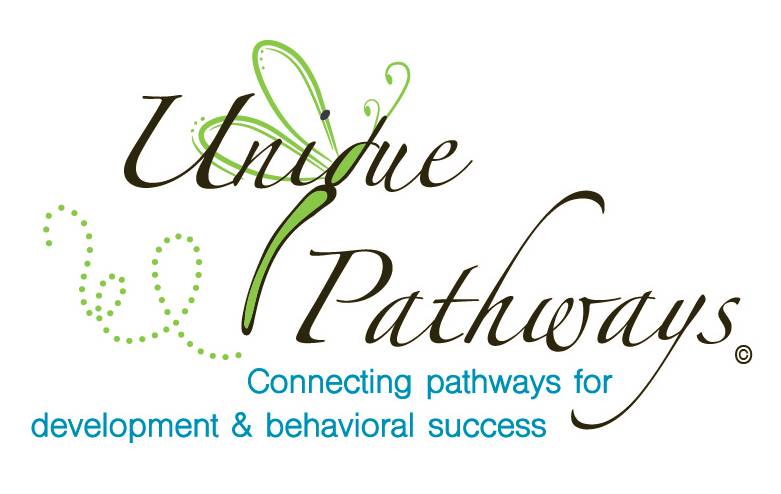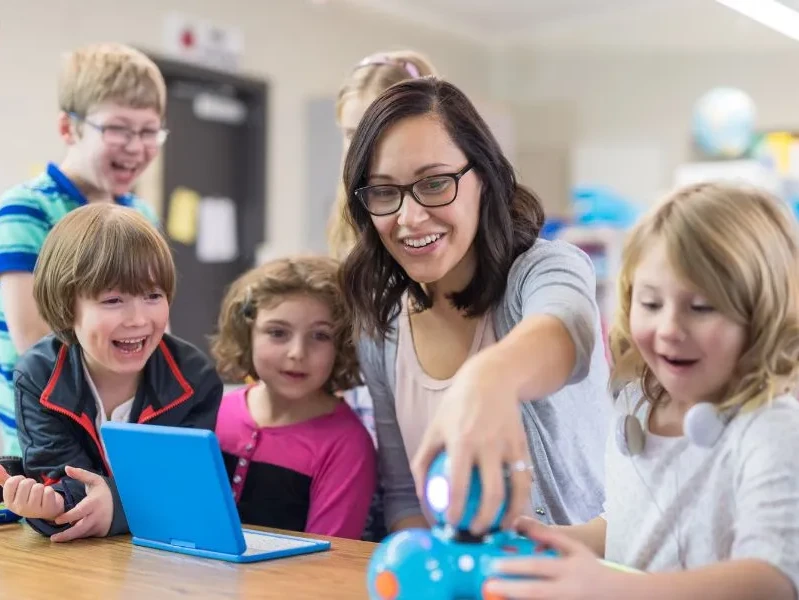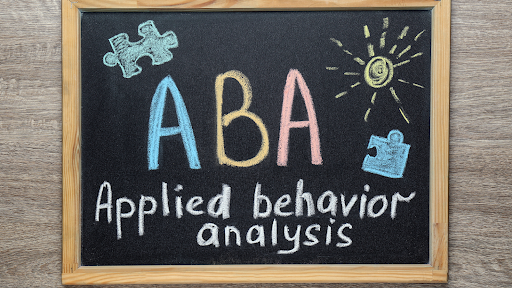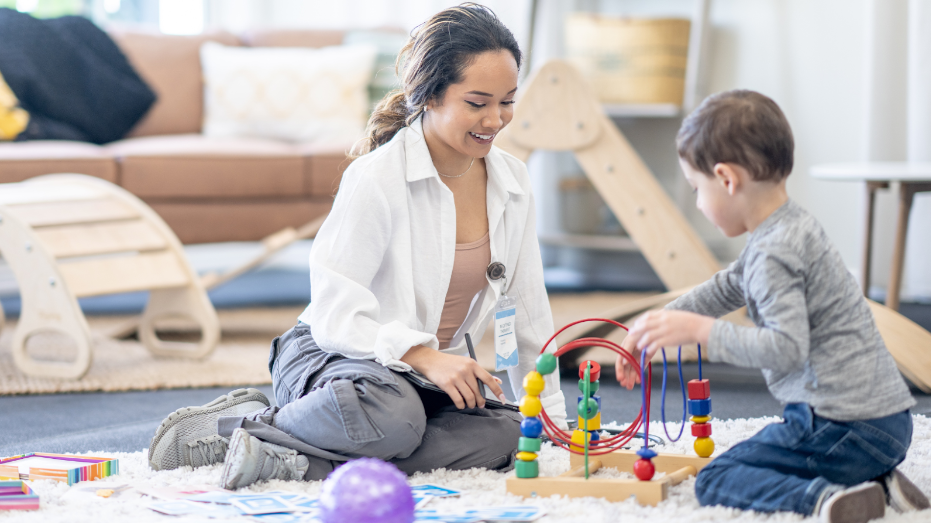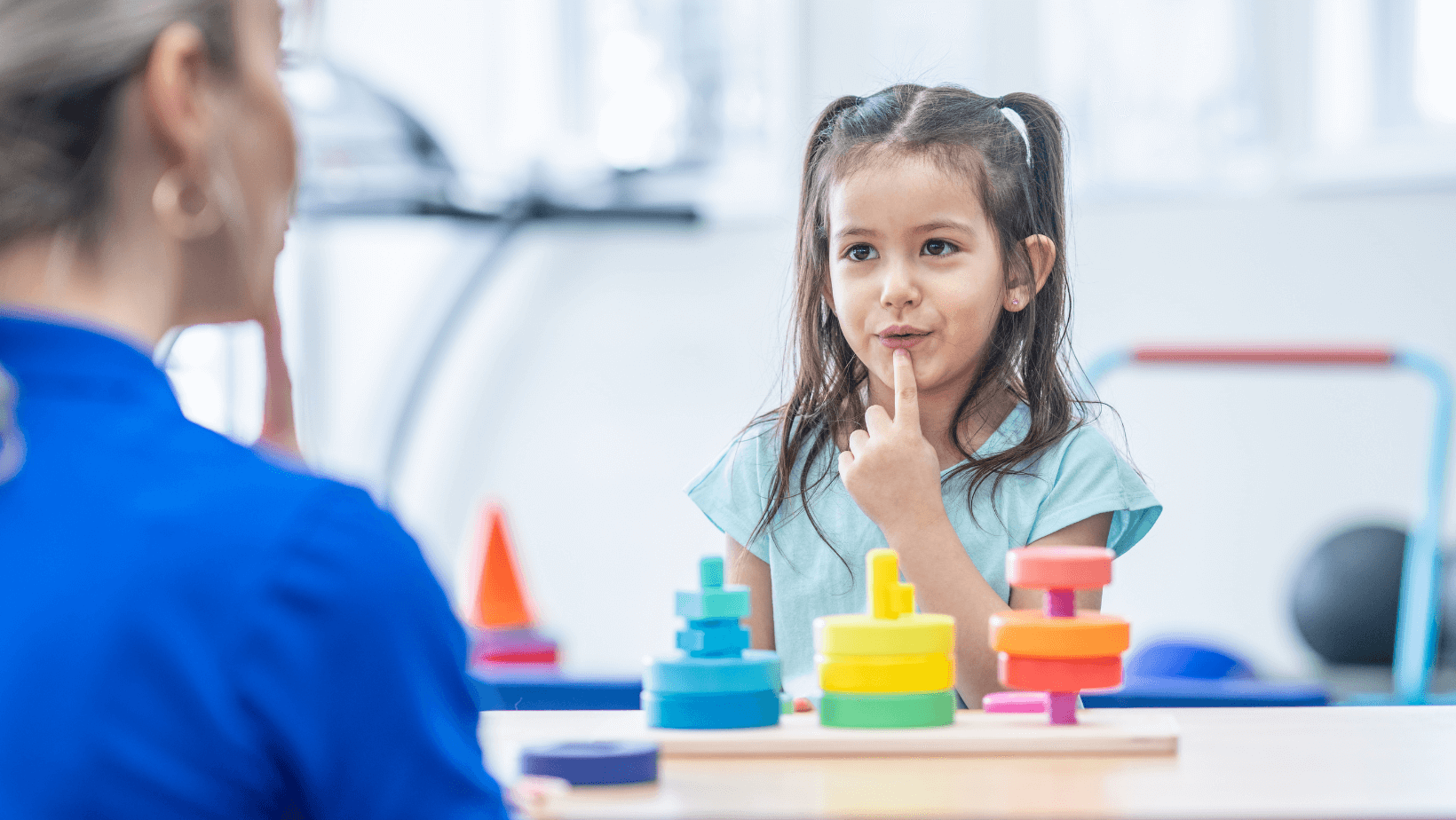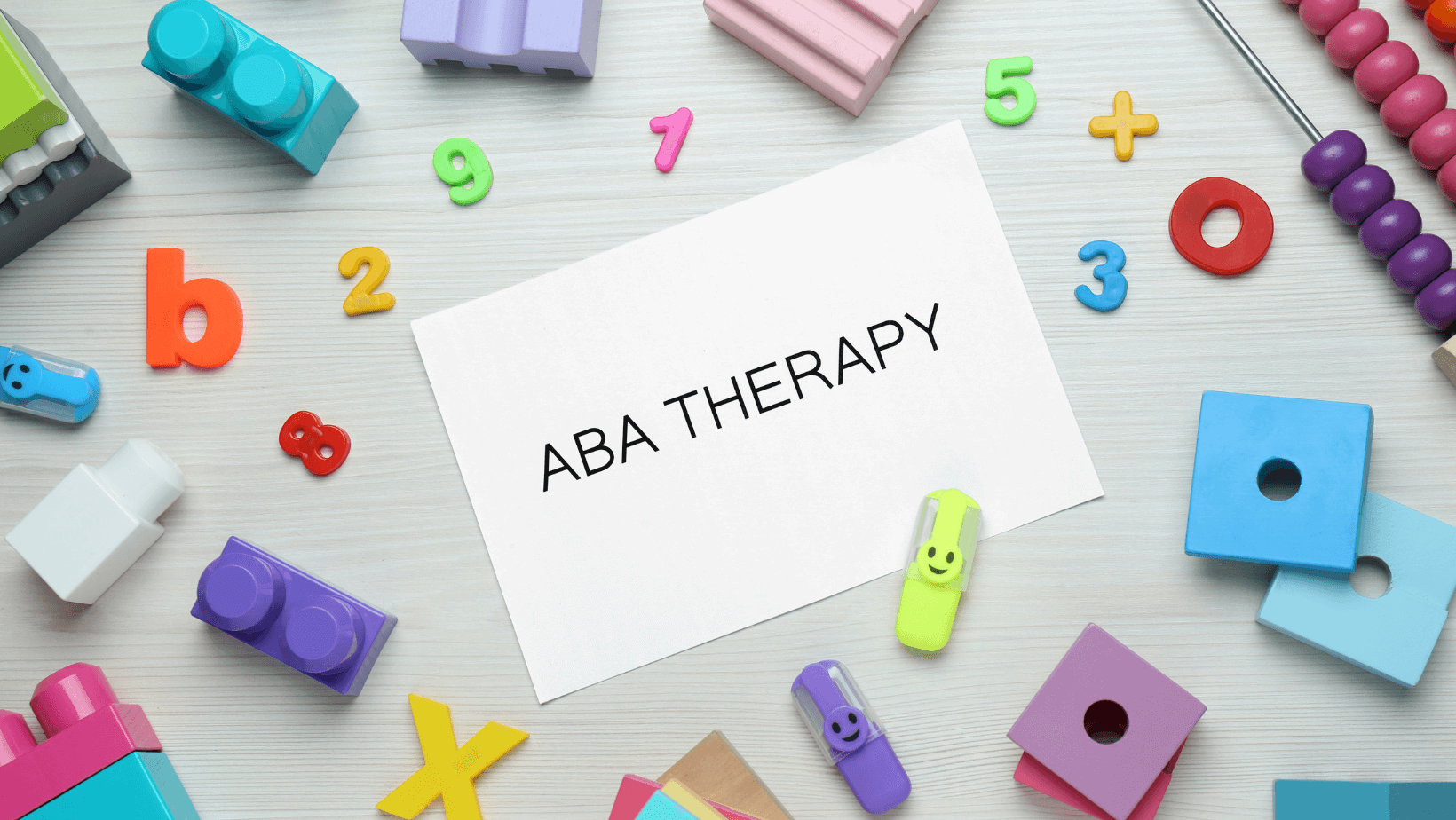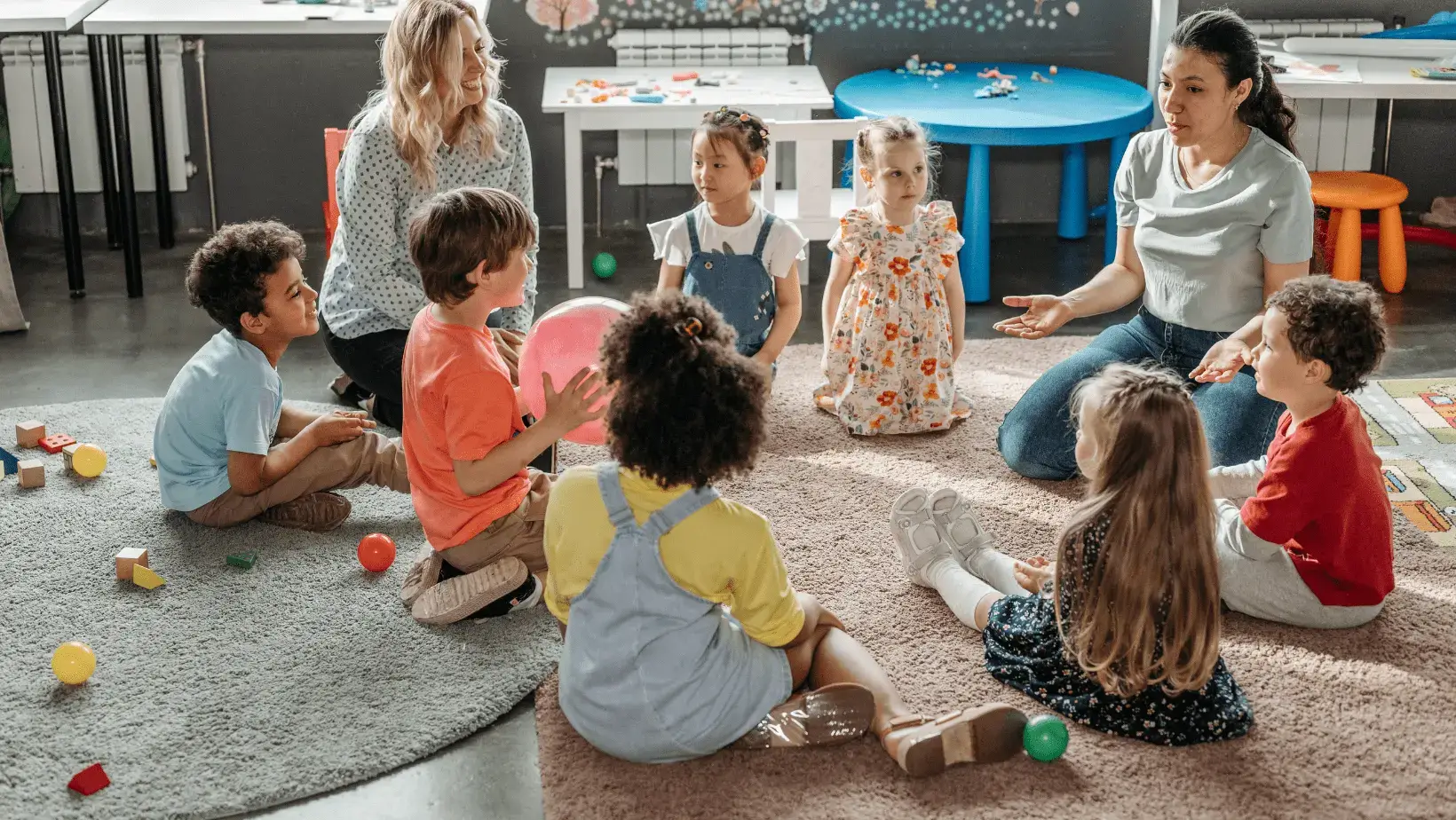As children embark on their educational journey, mastering language is a critical milestone that supports all other learning. First grade is a crucial time for developing speech and language skills, which are fundamental to academic success and effective communication. At this age, children are transitioning from early language skills to more complex language functions, including forming grammatical sentences, using correct word order, and understanding multiple meaning words. Speech therapy helps to correct deficits and build a strong linguistic foundation, making it a vital component of first-grade education.
Language goals for first-grade speech therapy are designed to be structured yet flexible enough to cater to the individual needs of each child. These goals often include enhancing vocabulary, understanding and using spatial concepts, and improving the ability to follow two-step directions with 80% accuracy. Structured language activities in the classroom can help reinforce these targets, utilizing visual cues and gestural prompts to aid understanding.
Understanding Language Development in First Graders
By the end of first grade, most children can use simple sentences to request, describe, and comment on their environment. They should be able to engage in basic conversations with peers, follow classroom activities, and demonstrate understanding of common school items through both verbal and non-verbal responses like eye contact and gestural cues.
However, not all children meet these milestones at the same rate. Some might struggle with cluster reduction or may find it difficult to use prepositions correctly. These challenges can make it a difficult task for children to keep up with their peers, both in learning and social situations.

Importance of Setting Clear Language Goals
Setting clear, measurable goals in speech therapy is critical for success. Goals such as identifying a category of words, using compound sentences, or raising a hand to answer questions in class provide both the child and therapist with a clear roadmap. These goals support structured activities and make it easier to track progress and adjust approaches as needed.
Clear goals allow for targeted interventions that are specifically designed to address the individual needs of the child. Whether it’s through picture cards, structured play, or peer interactions, each activity is an opportunity to practice specific skills within a supportive framework, enhancing the overall effectiveness of the therapy.
Speech Articulation Goals
Articulation goals focus on the child’s ability to pronounce words correctly, which is essential for being understood by others. Techniques such as repetitive reading exercises using picture cues or engaging in simple conversations can help solidify these skills.
Activities like storytelling or singing can improve clarity and fluidity of speech. Using visuals and pictures during these activities helps reinforce the correct formation of sounds and words, making these sessions both fun and educational.
Vocabulary Expansion Goals
Expanding vocabulary is a fundamental aspect of first-grade speech therapy. Strategies such as using picture cards to introduce new words and phrases can make learning more interactive and engaging. For instance, a structured activity might involve a “word of the day” where children learn the meaning, are shown the object or picture, and then encouraged to use the word in sentences throughout the day.
It’s important that children learn to use new vocabulary in context, not just memorize words. Activities like storytelling or role-playing can help children practice new words in a meaningful way.
Grammar and Syntax Goals
Understanding and using correct sentence structure is a key goal for first graders. This involves recognizing and forming simple sentences and gradually moving to more complex structures, like compound sentences. Using visual cues and gestural prompts, children can learn how to arrange words to form coherent sentences and express complete thoughts.
Interactive activities, such as constructing sentences with a set of given words or using digital apps that allow children to manipulate parts of a sentence, can significantly improve grammatical skills and understand word relationships. For example, a game might involve children arranging word cards to form a sentence that describes an action shown in a picture cue, thus reinforcing their understanding of subject-verb-object structure.
Social Communication Goals
Social language skills are essential for effective communication among peers. These skills include using polite forms, understanding turn-taking in conversations, and recognizing non-verbal cues such as eye gaze and body language. Structured play sessions, where children are guided to use specific conversational phrases and respond to peers, can help build these skills.
Encouraging children to work in pairs or small groups on a project or a structured activity can foster communication and collaboration. For instance, a group task could involve building a small model using blocks, where each child is assigned a role that requires asking for pieces, describing what they are doing, and discussing how to proceed. This not only helps in using language functionally but also aids in developing teamwork skills.
Fluency Goals
Enhancing speech fluency involves helping children speak more smoothly and with ease. Techniques such as slow speech modeling, where the therapist speaks slowly and clearly, can demonstrate fluent speech patterns. This helps children reduce the speed of their own speech, which can decrease instances of stuttering or disfluency. Additionally, rhythmic and repetitive activities like chanting or singing can improve fluency by providing a steady pace that children can mimic.
For children facing stuttering challenges, specific strategies like the ‘pause-and-talk’ technique can be beneficial. This involves teaching the child to pause at set intervals before continuing their sentence, which can help control the speed and flow of speech. Regular practice in both structured sessions and natural settings, supported by positive reinforcement, helps build confidence and fluency.
Pragmatic Language Goals
Pragmatic language skills enable children to use language appropriately in social contexts. This includes understanding and responding to gestural prompts, facial expressions, and tone of voice. Role-playing different social scenarios, such as a conversation at a playground or in a classroom, can help children practice and understand the nuances of social interactions and the importance of context in communication.
To generalize these skills across different settings, children can engage in structured activities that simulate real-life situations. For instance, setting up a mock store where children act as both shopkeepers and customers allows them to practice greetings, polite requests, and transactional conversations, enhancing their ability to communicate effectively in diverse environments.
Literacy Skills Development Goals
Developing reading comprehension skills is crucial for literacy and overall academic success. Activities like shared reading sessions, where a therapist or teacher reads a story and discusses it with the class, encourage children to ask questions and describe what they’ve understood. This not only improves vocabulary but also enhances their ability to grasp main ideas and details from the text.
To support writing skills, children can engage in activities that involve writing short, simple sentences based on picture cues or story prompts. As they progress, these activities can evolve into writing longer stories or journal entries, which helps solidify their understanding of sentence structure and story elements while expressing their thoughts coherently.
Individualized Goal Setting for Each Student
Each child’s speech and language development journey is unique, necessitating personalized goals. By evaluating each child’s specific challenges and strengths, therapists can design goals that are not only achievable but also motivating. For example, for a child who loves animals, language goals might include learning to describe different animals, their habitats, and behaviors.
Integrating personal interests into therapy sessions increases engagement and the likelihood of successful outcomes. If a child is interested in space, for instance, vocabulary and reading comprehension goals can include space-related themes. This approach makes learning more relevant and exciting, encouraging children to participate actively and enthusiastically.
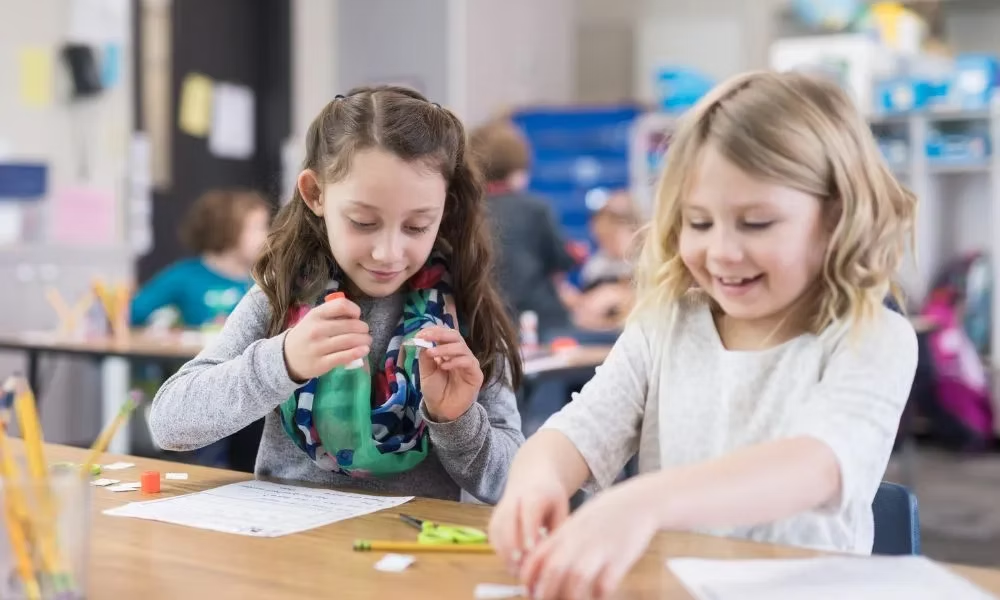
Collaborative Goal Setting with Parents and Teachers
Incorporating parents and teachers in setting language goals is vital for ensuring consistency and support across all environments—a child navigates from home to school. Engaging these key stakeholders helps create a supportive network that reinforces the child’s language development goals, providing a more integrated approach to therapy.
Effective collaboration can be achieved by regular communication and meetings to discuss the child’s progress and needs. Tools such as shared digital logs or communication books can be used to document the child’s daily interactions and improvements. Workshops or training sessions for parents and teachers on using gestural prompts, visuals, and other supportive techniques ensure that everyone is equipped to assist the child effectively.
Monitoring and Adjusting Goals
Ongoing assessment is important for measuring the effectiveness of speech therapy interventions. Regular evaluations using tools such as standardized tests, observational checklists, or structured activities provide concrete data on the child’s progress. This data helps in understanding which areas have improved and which still require focused attention.
Based on continuous assessments, speech therapy goals may need adjustments to align better with the child’s evolving needs. If a child masters simple sentences quickly, the next logical step might be to introduce more complex structures like compound sentences. Flexibility in goal setting ensures that the therapy remains relevant and challenging enough to promote steady growth.
Celebrating Milestones and Progress
Celebrating milestones, no matter how small, is essential for building confidence and motivation. Whether it’s the first successful use of a multi-word sentence or the correct usage of prepositions, recognizing these achievements with certificates, praise, or a small reward can significantly boost a child’s morale.
Acknowledging progress not only reinforces positive behavior but also motivates children to continue working towards their language goals. Regular feedback sessions with children, parents, and teachers can help highlight these achievements and set the stage for discussing future goals, ensuring that everyone remains committed to the child’s continued language development.
Empowering First Graders Through Language Development
As we’ve explored the multifaceted world of first-grade speech therapy, it’s clear that the right support can profoundly influence a child’s ability to communicate and interact effectively. By setting structured language goals, engaging in collaborative efforts with parents and teachers, and celebrating each milestone, we empower these young learners to navigate the complexities of language and communication with confidence.
Together, we can build a foundation that supports not only academic success but also personal growth and social interaction, helping first graders thrive in every aspect of their lives.
